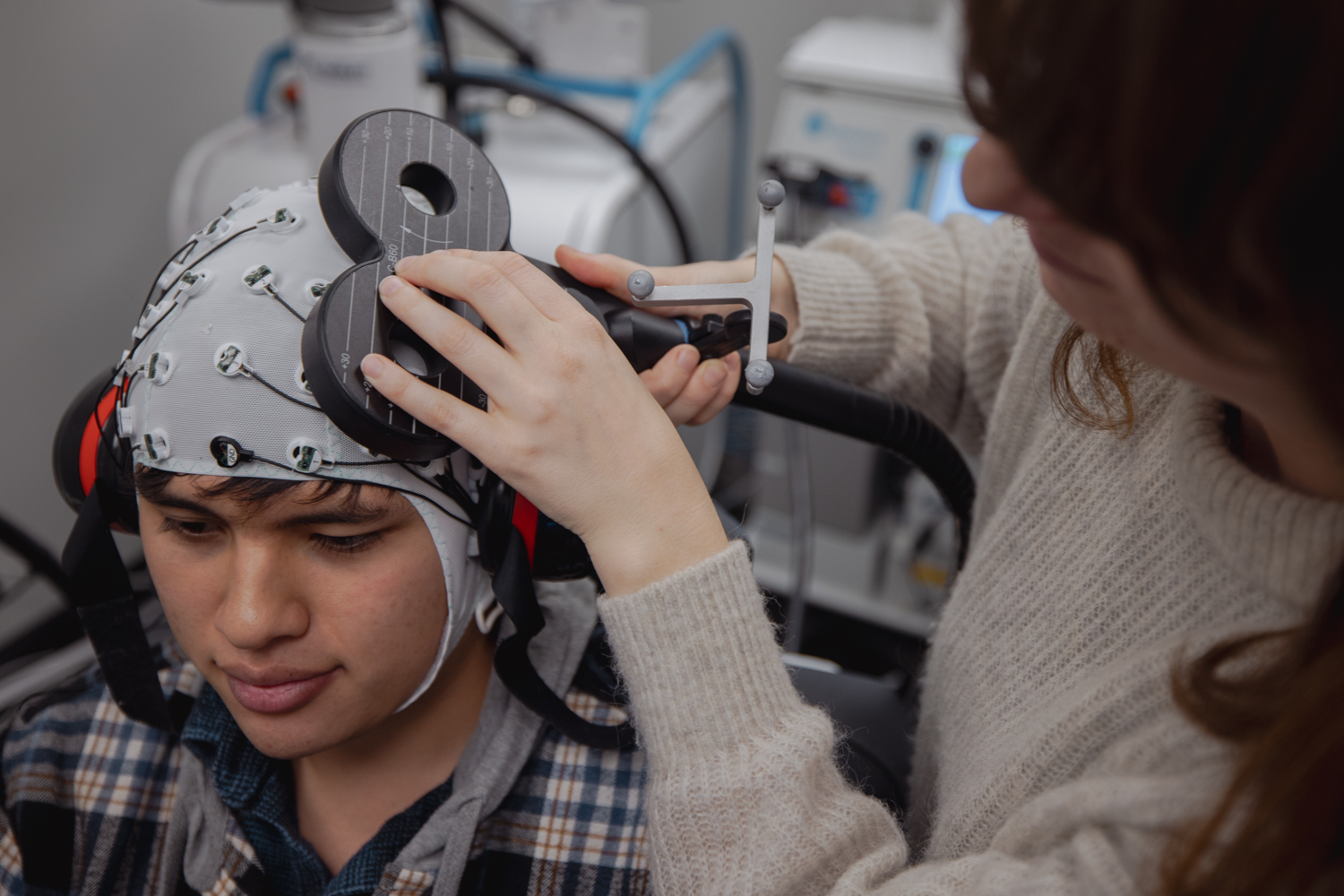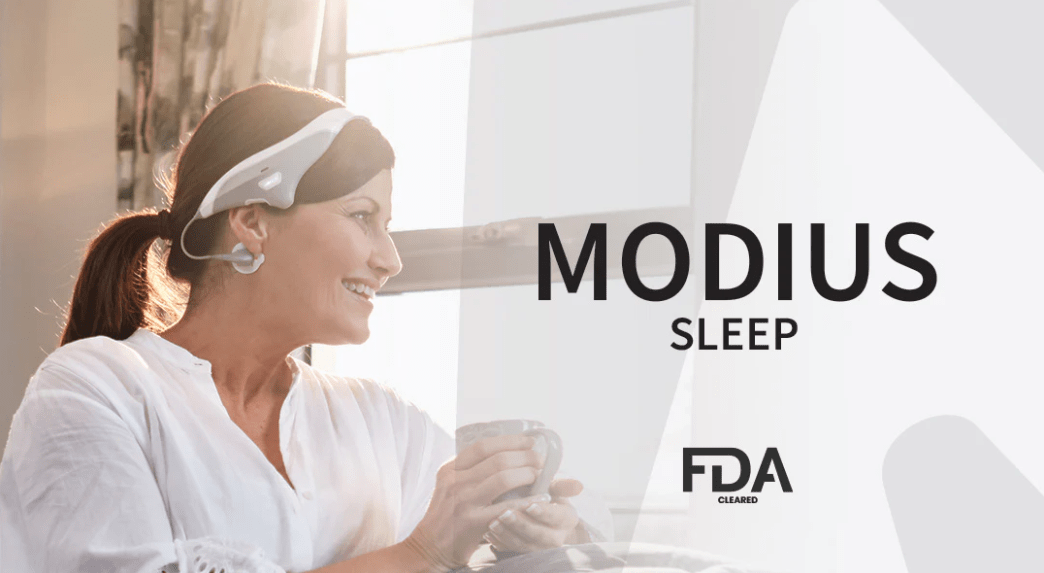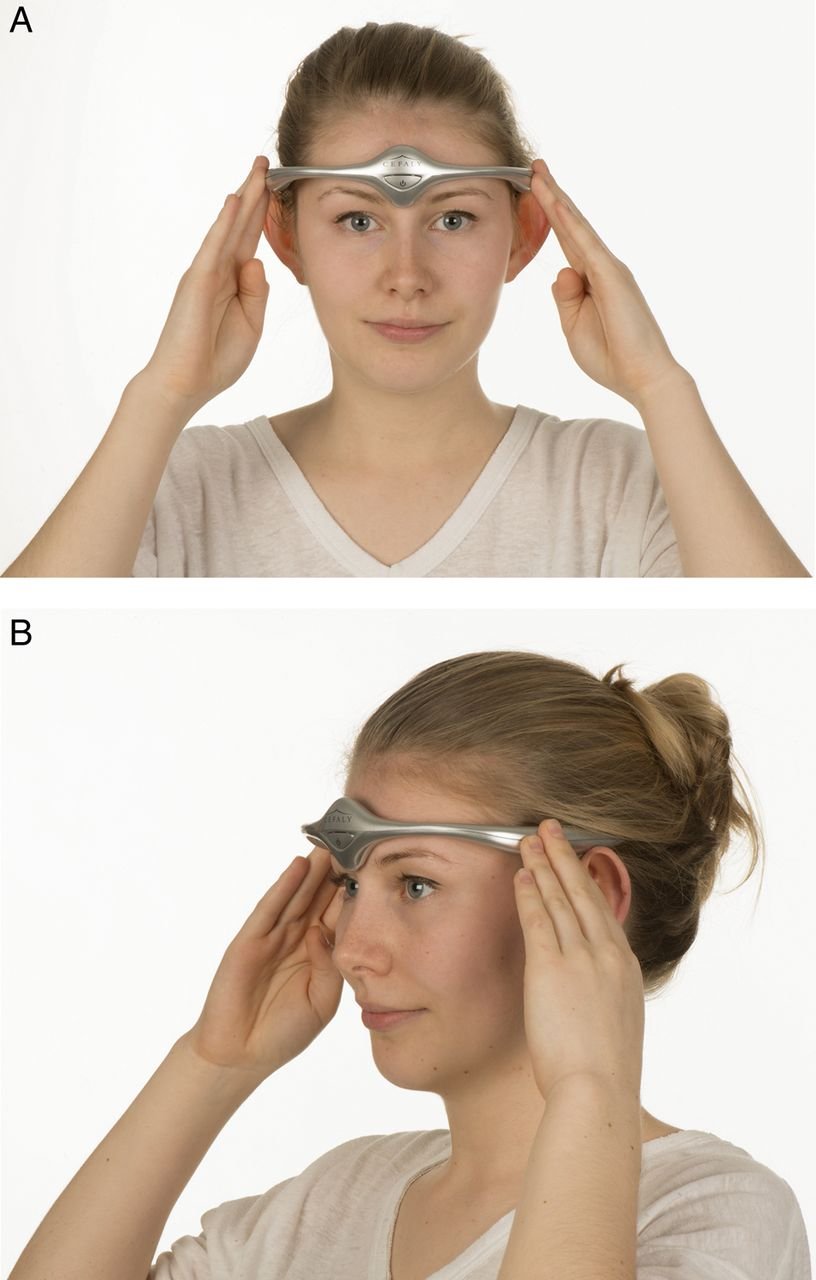Non-Invasive Neurostimulation Therapy: What You Need to Know
At NeuroTechInsider.com, we live and breathe next-gen brain wellness tech. Whether you’re curious about Apollo Neuro for stress recovery or wondering if NeuroVIZR can really boost your cognitive flow, this guide breaks down the science behind non-invasive neurostimulation therapy—a fast-evolving frontier in brain health, mental clarity, and better sleep.
Introduction to Non-Invasive Brain Stimulation
Forget wires in your skull or risky surgeries. Non-invasive neurostimulation therapy uses magnetic fields, gentle electrical currents, or ultrasound to stimulate specific regions of your brain—with zero scalpels and zero downtime.
“Think of it as tuning your brain like an instrument—without cracking it open.”
These therapies are reshaping how we manage insomnia, depression, ADHD, and burnout—offering fast, drug-free solutions for neural balance.
- Safe & painless
- Backed by neuroscience
- Used in top clinics and research labs
Let’s break down the major techniques making waves in 2025—and where they actually work.
Major Types of Non-Invasive Neurostimulation
1. Transcranial Magnetic Stimulation (TMS)

How TMS Works
TMS delivers magnetic pulses to your brain to stimulate or inhibit neural circuits. It’s like a reboot switch for brain regions tied to mood, focus, and motor control.
Approved Uses
- Major Depressive Disorder (MDD)
- Migraine relief
- Obsessive-Compulsive Disorder (OCD)
- Stroke rehabilitation
In fact, the FDA approved TMS for depression years ago, and it’s now used in clinics worldwide.
Safety and Side Effects
Generally well-tolerated. Most users report only mild scalp discomfort or light headache post-session. No anesthesia required. Sessions take around 20–40 minutes.
2. Transcranial Direct Current Stimulation (tDCS)

How It Works
tDCS uses low-voltage current (1–2mA) applied through scalp electrodes to modulate the excitability of neurons. You don’t feel much—just a slight tingling sensation—but your brain activity subtly shifts.
Clinical Applications
- Improving attention and memory
- Reducing chronic pain
- Combating depression and brain fog
Emerging evidence shows that tDCS can support working memory, ADHD symptoms, and learning speed. Some wearables even bring it home (though results vary).
3. tACS and tRNS: Rhythmic & Random Stimulation
Transcranial Alternating Current Stimulation (tACS) and Transcranial Random Noise Stimulation (tRNS) are next-gen siblings of tDCS. Instead of a steady current, these use wave-like or random signals to nudge neural oscillations.
These tools are still experimental but being studied in top labs for:
- Memory retention
- Decision-making
- Neuropsychiatric disorders like schizophrenia
Researchers believe tACS might even enhance alpha, beta, or gamma brainwave activity for better sleep and mental clarity. Still early days, but promising.
4. Vagus Nerve Stimulation (taVNS)

The **vagus nerve** is your body’s chill switch—regulating stress, digestion, and rest. With transcutaneous auricular vagus nerve stimulation (taVNS), tiny electrical pulses are delivered to the ear, tapping directly into the parasympathetic nervous system.
Why It Matters
- Improves sleep quality
- Reduces anxiety & cortisol
- Helps with PTSD and brain fog
Devices like Sensate and Audicin use this principle, giving users drug-free calm within minutes. Studies show taVNS may also help with epilepsy, depression, and cognitive impairment.
5. Transcranial Ultrasound Stimulation (TUS)

This is the newest kid on the block. TUS uses focused ultrasound waves to modulate deep brain regions—places unreachable by TMS or tDCS. It’s like brain surgery without the scalpel.
Status in 2025
Still experimental, but being trialed for:
- Parkinson’s disease
- Disorders of consciousness
- Severe depression and OCD
Clinical use is limited, but the results from animal models and first-phase human trials are game-changing. Stay tuned.
Clinical Applications Across Conditions
These therapies aren’t just for lab rats. They’re showing measurable improvements in:
Mental Health
- Depression: TMS and tDCS show significant response rates (30–60%) in treatment-resistant cases.
- Anxiety: Vagus nerve stimulation helps lower stress biomarkers like heart rate variability and cortisol.
Sleep and Insomnia
- taVNS: Improves deep sleep cycles and latency.
- tACS: May enhance slow-wave sleep when used pre-bedtime.
For a real-world guide on wearables that use these techniques, check out our deep dive into the best sleep devices of 2025.
Chronic Pain and Rehab
- tDCS: Disrupts pain signals in the somatosensory cortex.
- TMS: Used in post-stroke motor rehab and fibromyalgia treatment.
Next up: we’ll explore the science behind how effective these techniques really are, side effects, and how to choose the right one for you.
Effectiveness and Scientific Evidence
The question everyone asks: Do these neurostimulation devices actually work? Short answer—yes, with caveats. The effectiveness of non-invasive therapies depends on multiple factors: frequency of use, placement accuracy, individual brain chemistry, and the condition being treated.
Let’s break down what the science says:
Research-Backed Benefits
- TMS: Clinically proven for depression and OCD. Backed by multiple randomized controlled trials.
- tDCS: Shows modest but real gains in cognitive performance, mood stabilization, and pain reduction.
- taVNS: Linked with reduced sympathetic activity, better heart rate variability (HRV), and improved sleep in multiple studies like this meta-analysis on taVNS for insomnia.
“TMS therapy demonstrates remission rates as high as 50–60% for individuals with treatment-resistant depression.” — NIH Clinical Trials Review
While TUS and tACS/tRNS are still experimental, early data from top-tier labs (including Stanford Neurosciences Institute) show potential for deep-brain and cognitive modulation.
Comparison Table of Techniques
| Technique | Main Use Cases | Mechanism | Safety Profile |
|---|---|---|---|
| TMS | Depression, OCD, Stroke Rehab | Magnetic Pulses | FDA-Approved, Mild Discomfort |
| tDCS | Depression, Focus, Pain | Low Electrical Current | Safe, Tingling Sensation |
| taVNS | Insomnia, Anxiety, Epilepsy | Ear Nerve Stimulation | Very Safe, No Major Side Effects |
| TUS | Parkinson’s, Deep Brain Targets | Focused Ultrasound | Experimental, Under Study |
Safety and Side Effects: What You Need to Know
These devices are generally very safe—especially compared to medications or surgical implants. But here’s what you should know before diving in:
- TMS: Mild headache or scalp tenderness. Rare seizure risk in epileptic patients.
- tDCS: Tingling, itchiness, rarely skin irritation.
- taVNS: Well-tolerated. Slight ear discomfort possible during first use.
If you have an implanted medical device like a pacemaker or deep-brain stimulator, always check with your doctor before using any brain stim device.
“Side effects from consumer neurostimulation wearables are minimal and self-limiting. Users generally report positive or neutral experiences.” — Frontiers in Neuroscience
Challenges and Limitations
Who Might Not Benefit?
Results vary. If you’re expecting a miracle cure in two sessions, you might be disappointed. These technologies work best when used consistently—often daily or weekly—and integrated into a broader brain health routine.
Still Under Study
Techniques like TUS, tACS, and tRNS still lack large-scale clinical validation. They’re promising but shouldn’t replace tried-and-tested therapies—yet.
- Long-term effects are still under study
- Optimal stimulation parameters are not standardized
- Not everyone is a responder
That’s why at NeuroTechInsider.com, we test, compare, and publish real-world data so users like you can make informed decisions about what works best—for your brain, your lifestyle, and your goals.
The Future of Non-Invasive Neurotech
Personalized Brain Tech
We’re entering the era of precision neuromodulation. Devices now come with adaptive settings that adjust based on your brainwave feedback, mood tracking, or even sleep cycles. Platforms like NeuroVIZR are already moving in this direction.
Integration with AI and Wearables
- Real-time EEG + stimulation adjustment
- Sleep-phase targeting via accelerometer data
- Mood-response tracking through heart rate and galvanic skin response
Expect next-gen wearables to feel less like gadgets and more like neuro-partners—quietly working in the background to support resilience, memory, creativity, and rest.
Final Thoughts
Summary of Key Points
- Non-invasive neurostimulation is a safe, evolving tech for mood, sleep, pain, and cognitive optimization
- Backed by credible research and FDA-cleared in cases like depression
- Works best with consistency and good tracking
- Devices like TMS, tDCS, and taVNS are available now, while TUS and tACS are still emerging
Is This Right for You?
If you’re dealing with stress overload, sleepless nights, mental fog, or burnout—and want a drug-free, data-backed solution—these devices might be your next best move. Pair them with mindfulness, exercise, and sleep hygiene for max benefit.
Explore our full guide on the best brain wellness wearables for 2025 and see which one fits your needs and budget.
FAQs
Q: Is non-invasive brain stimulation safe for daily use?
A: Yes, most consumer-grade devices are safe for regular use. Always follow manufacturer guidelines and consult a doctor if unsure.
Q: How long before I see results?
A: Most users report noticeable changes in 1–3 weeks with consistent daily use.
Q: Can I use multiple devices at once?
A: It depends. We recommend starting with one and tracking results using an app or journal. Combining should be done cautiously and preferably under guidance.
Q: What’s the best device for improving sleep?
A: Vagus nerve stim devices like Sensate and Modius Sleep are leading contenders. Check our Best Sleep Tech 2025 roundup.
Still curious? Dive into our head-to-head device comparisons or subscribe to our weekly NeuroTech newsletter for science-first reviews, expert insights, and gear discounts.
No pills. No guesswork. Just brain tech that works.
https://pn.bmj.com/content/practneurol/16/5/362/F2.large.jpg
